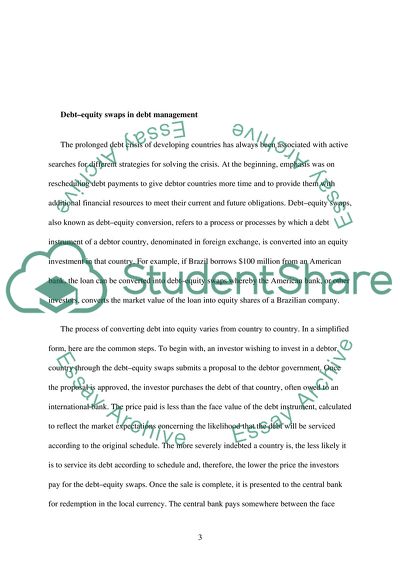Cite this document
(The International Debt Crisis Coursework Example | Topics and Well Written Essays - 3750 words, n.d.)
The International Debt Crisis Coursework Example | Topics and Well Written Essays - 3750 words. https://studentshare.org/macro-microeconomics/1703939-development-economics
The International Debt Crisis Coursework Example | Topics and Well Written Essays - 3750 words. https://studentshare.org/macro-microeconomics/1703939-development-economics
(The International Debt Crisis Coursework Example | Topics and Well Written Essays - 3750 Words)
The International Debt Crisis Coursework Example | Topics and Well Written Essays - 3750 Words. https://studentshare.org/macro-microeconomics/1703939-development-economics.
The International Debt Crisis Coursework Example | Topics and Well Written Essays - 3750 Words. https://studentshare.org/macro-microeconomics/1703939-development-economics.
“The International Debt Crisis Coursework Example | Topics and Well Written Essays - 3750 Words”. https://studentshare.org/macro-microeconomics/1703939-development-economics.


